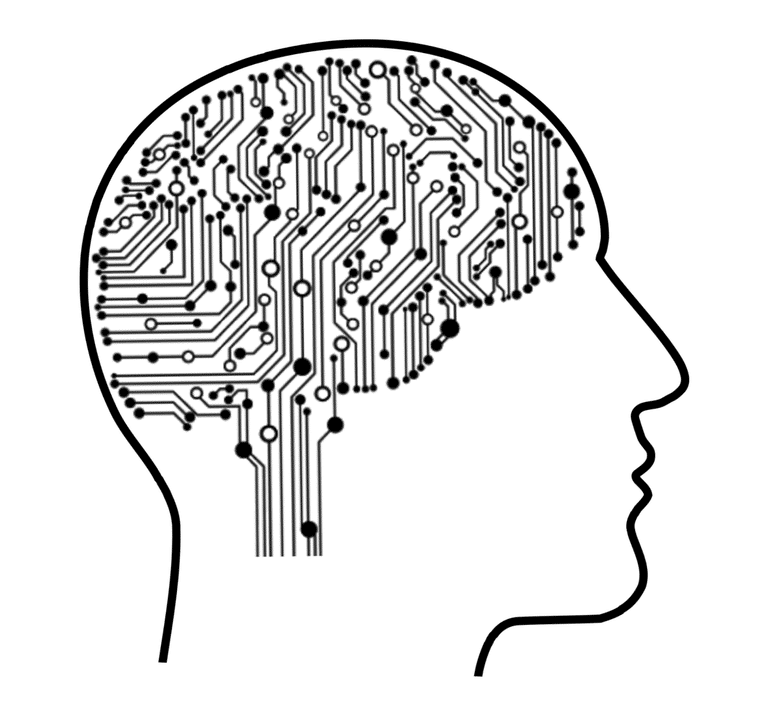The post-editing of machine translations is a service that is being offered more and more frequently by translation agencies. And yet, not everyone really knows what it is nor how we can train to be effective at post-edition. Dear translators, you will find a few responses in this article.
Definition of machine translation with post edition
Before getting too deep into the discussion, it seems salient to start with a few definitions because we will be using the terms MT (Machine Translation) and PE (post-edition), and want to make sure we don’t lose you along the way!
What is an MT? A machine translation is just that: a translation that uses machine engines and not a professional, human translator.
A machine translation engine is a piece of software or an application that produced a machine translation. There are a number of different search engines based on artificial intelligence, but that isn’t our focus today.
Post-edit distance, is the percentage of modifications a human carries out after a machine translation in order to obtain a sufficient quality final document.
The post-edit speed is a rate we calculate on the number of words a translator can treat per hour and the post-edit distance. In other terms, the greater the post-edit distance, the less the time we gain by using machine translation. This post-edit speed is an important element that must be calculated upstream of any post-edition project, in order to verify that the project is feasible.
Why use Machine Translation software?
Machine translation is a solution that allows certain businesses to publish content in more languages, more quickly, and less financially restricting.
It must be stated clearly that the goal of MT is, like for any CAT (Computer Assisted Translation) tool, to increase productivity. These tools are thus very useful when the volume yo be translated requires and the quality of the Machine Translation permits it.
But in order for post-edited Machine Translation projects to succeed, it is necessary to call on professional linguists.
It is an entirely new field, and like any change, it may make some uneasy. But don’t worry – it absolutely isn’t our goal to replace translators by machines.
Machine Translation is thus used only in certain circumstances depending on:
• The source and target languages,
• The domain (medical, financial, etc.),
• The type of content,
• The expected level of quality.
Note: the result of a machine translation is always imperfect! What is important is to verify in what measure we can gain productivity through its use.
At TradOnline we believe that if a Machine Translation saves you less than 30% of your time, there is no real interest. In other words, if you translate around 300 words per hour by hand, you must be able to translate at least 400 words per hour by machine.
We should also note that saving this time also depends on the client’s expectations as per the quality.
But first of all, you need to be open and willing to try something new. Because yes, PE requires special training. As you have certainly noticed, the translations that result are never perfect.
We believe that Machine Translation is a market trend that cannot ignore without the risk of being left behind. That’s why we are investing our time on this new trend and are ready to accompany you in this training.
Train yourself in Machine Translations. It isn’t a waste of time: it is a new professional skill to put on your CV, another tool for your belt.
What is the expected quality of post-edition?
The requirements of post edition will differ from one project to the next. Regardless, your mission will be to respond to these requirements with the least possible changes to the initial Machine Translation.
This is crucial to understand because many translators have a tendancy to change too much in the post-editions.
To be successful in post-editing, one must have the ability to analyse and thus quickly decide on what needs to be changed in each segment. Rest assured, to become good at post-editing, as with anything, practice is a must!
In terms of quality, we sell two different types of services: partial post-editing and complete post-editing. The choice between one and the other would depend on the purview of the client’s document.
If it’s a document that is meant to be published, it’s a good idea to opt for complete post-editing. However, if it is document that is only destined for internal use or for informational purposes only, we could opt of partial post-editing.
When we provide partial PE, we are only concerned by the following errors: offensive or culturally inappropriate content, superfluous or missing words, mistranslations, spelling errors, grammatical errors, errors in the glossary if predefined by the client.
For complete PE, we must also correct any terminology errors, the order of words if necessary, the structure of certain phrases, the style, punctuation and the format of numbers. The goal: for the target text to become fluid and natural.
A complete PE requires specialized translators in the specific domain. This isn’t required for a partial PE.
The goal of a complete PE is to attain a ‘human’ quality translation. Remember: this solution I destined for few projects!
If you don’t have enough information about the degree of the quality that is expected, you should absolutely ask the project manager because this information is directly linked to the amount of time that you should allot to this job.
A few tips:
• Don’t make too many corrections.
• Have a clear idea of what is expected of you.
• Don’t lose too much time to thought. Do you have a doubt on a particular segment? Delete it and retranslate it from scratch!
• Use all the tools available: spell-checkers, glossaries, translation memories, and QA tools.
• Don’t get discouraged. Practice will make you a real post-editing pro!

